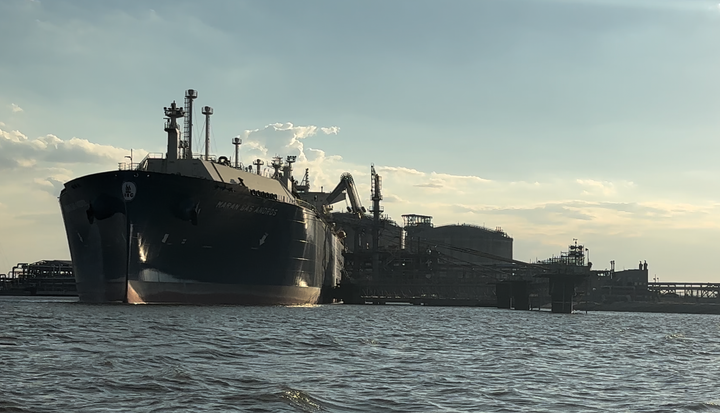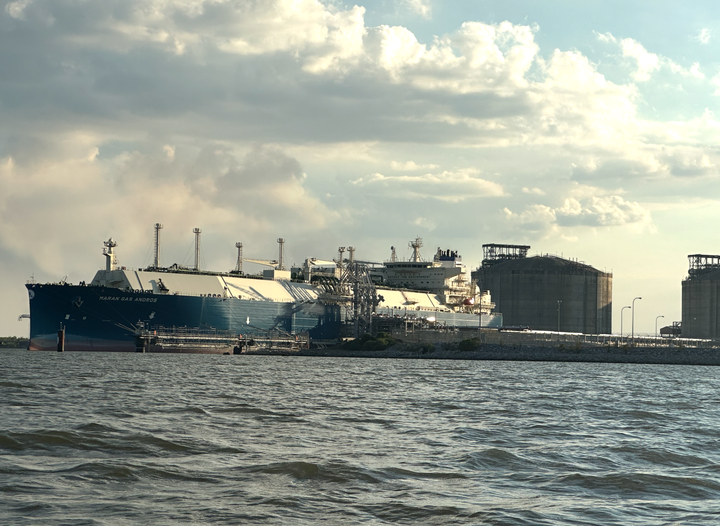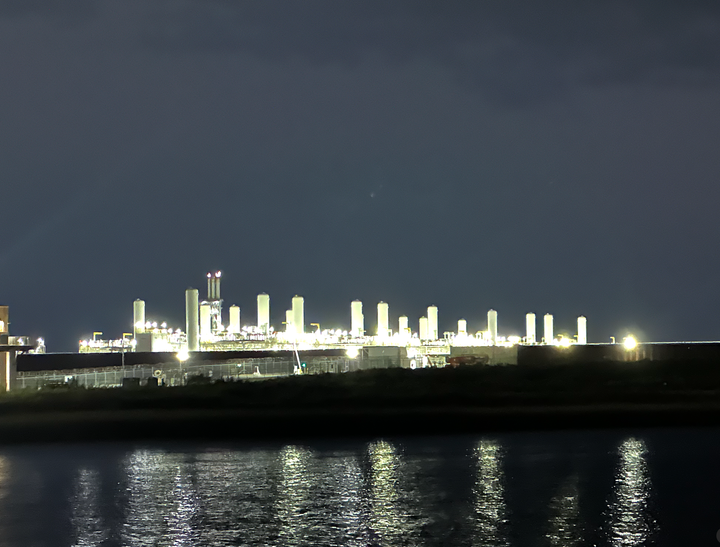We ARE Having the Wrong Debate on LNG Exports

Have you seen the latest messaging from the oil and gas industry public relations machine on LNG exports?
At Heatmap we are told that if we want to know if LNG is bad or good that, “The answer depends on where it’s going and what it’s replacing.”
Which is the same message at the MIT Technology Review where “Rather, when the fuel is exported, the net climate impact depends on what it replaces in the importing country, and whether realistic alternatives produce more or less greenhouse gas.
At E&E news the headline states that “It’s complicated.”
But is it?
Let’s do a thought experiment. Say someone was arguing that exporting U.S. LNG was good for the climate – or at least less bad than other options. And part of their argument was that U.S. LNG was cleaner than Russian LNG. And say they made this argument in a prestigious publication published by a top American university. And say they linked to a study to make this case. And that study reported that the five worst methane emitting countries were Turkmenistan, Russia, the U.S., Iran and Kazakhstan. Would this be an argument you’d want to make when claiming that U.S. LNG should be exported to the world as a clean fuel? From that study:
“Estimated emissions from O&G ultra-emitters rank highest for Turkmenistan with 1.3 Mt of CH4 per year, followed by Russia, the US (excluding the Permian basin), Iran, Kazakhstan, and Algeria”
But wait, what if that same study excluding the largest oil and gas field in America that multiple studies have shown has very high methane emissions? Does that seem like something that should make it past the editors of the MIT Technology Review? In a sane world this study would be used to argue why the U.S. should not be exporting fossil fuels.
Why would you exclude the Permian? Perhaps because the numbers are not good. Many others have looked at the Permian’s methane emissions and they are really really bad.
Many recent research efforts have focused on the Permian Basin because of its sizable share of U.S. O&G production, comprising 43% of domestic oil and 22% of natural gas produced annually. (16) Two studies on 2018/2019 Permian methane emissions both estimated region-wide O&G methane intensity to be 3.7% of production, (17,18) exceeding an estimated national average of 2.3% for the full supply chain. (7) More recent work has provided methane intensity estimates in the range of 5–6% in 2018 and 3–4% in 2020. (19) Aerial measurements conducted in 2019–21, coupled with simulated emission sources representing the unmeasured part of the distribution, provided a Permian Basin methane intensity estimate of 5.29%.
And that doesn’t even include the Stanford study on the Permian production in New Mexico which found leakage rates of 9%.
So we see that excluding the Permian methane emissions from this discussion could be a great way of skewing the results, which even in that paper list the U.S. as one of the worst in the world.
If those making these arguments actually cared about the climate then at the very least, they should be arguing that the world should rely on other major LNG exporters who weren’t some of the worst in the world on methane emissions, to replace Russian gas. Not the U.S.
About those assumptions
Another consistent part of the messaging from the oil and gas industry is to attack Bob Howarth’s work and assumptions. This is nothing new. They’ve been doing it for over a decade. As it says in the Heatmap article, “Howarth’s past research has gotten criticism from other climate scientists for using some idiosyncratic assumptions that yield more dramatic results.”
All three of these articles highlight how Howarth’s work has been criticized and note that he has new work criticizing LNG that has yet to be peer reviewed. If you read these articles Howarth seems like someone we shouldn’t trust due to his assumptions and lack of peer review for his latest work. E&E news goes so far as to quote someone from the U.S. Chamber of Commerce (not a scientist) to assert that Howarth’s work is creating “a flat earth situation going on with these claims.”
So what is Howarth’s assumption on methane leakage rates? 2.6%.
As we get more real data from satellites and other forms of methane monitoring, and as we see in the studies mentioned above, it is highly likely that Howarth’s assumptions are far too conservative.
But wait, the industry promises to do better
If you linked to a study that showed the U.S. was among the worst methane emitters when considering oil and gas production, would you make this claim in the same article?
“Whether you agree or disagree with the Biden administration’s pause, one thing is certain: the best thing to do right now to address the climate impact of US LNG is to fix and prevent methane leaks along the supply chain as fast as possible.
Here, the US is leading the rest of the world. Federal regulation, government investments, and voluntary industry action are poised to reduce US methane emissions more than 80% by 2030.”
Leading the rest of the world? There is no basis for this. And to write that this will be accomplished in part by “voluntary industry action.” Really? We are to bet the future of the climate on the U.S. oil and gas industry’s voluntary efforts?
We’ve been producing oil and gas in this country for well over 100 years. And the industry has always fought regulations. They’ve been fighting methane regulations (successfully) for the past decade. They have consistently underreported methane emissions. They’ve been trying to sell natural gas (aka methane) as a clean fuel since 2006. And we are supposed to trust the future of the planet to their voluntary efforts?
Cover from “Natural Gas as a Climate Change Solution”
In 2020 I wrote about how Exxon wanted to lead the industry on creating voluntary methane emissions reductions.
This isn’t Exxon’s first foray into voluntary regulations of methane. The corporation’s natural gas subsidiary XTO started a voluntary methane emissions program in 2017. In June 2018, XTO noted that the voluntary program, which was mostly about replacing leaking valves, had reduced methane emissions by 7,200 metric tons since 2016.
However, leaking valves are not the biggest source of methane emissions. In February 2018, four months before XTO was touting the success of its methane reduction program, the company experienced the second largest methane leak in U.S. history. A gas well it operated in Ohio suffered a blowout, releasing huge amounts of the heat-trapping gas.Did XTO’s voluntary program accurately report this? As The New York Times reported, “XTO Energy said it could not immediately determine how much gas had leaked.”
Despite what the latest PR efforts by the oil and gas industry claim, this isn’t really complicated. The U.S. oil and gas can’t be trusted to reduce methane emissions on its own and will fight any regulations designed to do so. And if Trump is successful at winning the presidency he and his team have been very clear that they will eliminate regulations. Trust them. They did it the last time.
As better methane detection methods become available we learn that emission rates in the Permian and other U.S. fields are much higher than the industry claimed. And at rates much lower than that, we know LNG is worse than coal.
But, you know, we’re better than Turkmenistan.*
*If we exclude the Permian from the comparison.



Comments ()